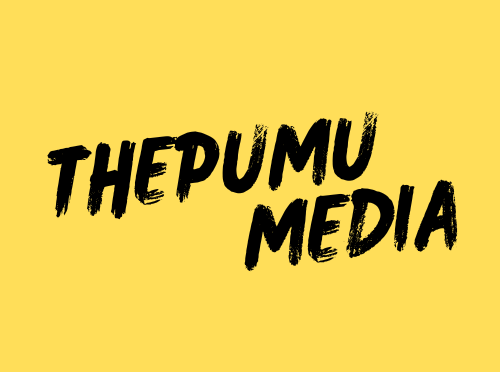In today’s digital age, blogging has emerged as a powerful tool for businesses to connect with their audience, establish authority, and drive growth. Whether you’re a startup or an established company, a well-executed business blog can make a significant difference in your online presence and customer engagement. In this beginner-friendly guide, we will explore the art of blogging for business and provide you with practical tips to get started on the right foot.
What Is Business Blogging?
Business blogging involves creating and publishing valuable, informative, and relevant content on your website’s blog to attract and engage your target audience. It’s not just about sharing your thoughts but also about providing solutions, insights, and expertise in your industry.
Why Is Blogging Important for Your Business?
- Boosts Website Traffic: Every new blog post is an opportunity to attract more visitors to your website through search engines and social media.
- Enhances SEO: Search engines love fresh, relevant content. Blogging regularly can improve your website’s search engine rankings.
- Establishes Authority: By sharing valuable insights and expertise, you position yourself as an industry leader.
- Builds Trust: Consistent, high-quality content builds trust with your audience, making them more likely to do business with you.
- Generates Leads: Well-crafted blog posts can convert website visitors into leads for your products or services.
Now, let’s dive into the steps for successful business blogging.
Step 1: Define Your Blogging Goals
Before you start blogging, it’s crucial to determine your objectives. What do you want to achieve with your blog? Common goals include:
- Increasing website traffic
- Generating leads
- Building brand awareness
- Establishing authority in your niche
Step 2: Identify Your Target Audience
Understanding your audience is key to creating content that resonates with them. Ask yourself:
- Who are your ideal customers?
- What are their pain points and interests?
- What questions do they have related to your industry?
Step 3: Keyword Research
Keyword research helps you discover the terms and phrases your audience is searching for. Use tools like Google Keyword Planner to find relevant keywords to include in your blog posts.
Step 4: Content Planning
Create an editorial calendar to organize your blog topics. This ensures a consistent flow of content. Be sure to include various types of content, such as how-to guides, informative articles, and case studies.
Step 5: Writing Engaging Content
When writing your blog posts, keep these tips in mind:
- Start with a captivating headline: Grab the reader’s attention from the start.
- Write in a conversational tone: Keep it simple and easy to understand.
- Use subheadings: Break up your content into sections for better readability.
- Include visuals: Add images and infographics to enhance your content.
- Provide value: Solve problems or answer questions your audience has.
Step 6: On-Page SEO Optimization
Optimize your blog posts for search engines by:
- Using your target keyword naturally throughout the content.
- Adding meta titles and descriptions.
- Incorporating internal and external links.
Step 7: Promotion and Sharing
Once you’ve published a blog post, share it on your social media platforms and email newsletters to increase its reach.
FAQs about Business Blogging
Q1. How often should I blog for my business?
- Aim for consistency. Whether it’s once a week or once a month, stick to a schedule you can maintain.
Q2. What if I’m not a great writer?
- You can always hire a professional content writer or editor to help.
Q3. Can I repurpose existing content for my blog?
- Absolutely. Repurposing content from other marketing materials can save time and resources.
Q4. How long should a blog post be?
- A typical blog post ranges from 1,000 to 2,000 words, but focus on delivering value rather than word count.
Q5. Do I need a separate blog page on my website?
- Yes, it’s best to have a dedicated blog section for organization and user-friendliness.
Q6. Can I use images I find online in my blog posts?
- It’s better to use royalty-free or licensed images to avoid copyright issues.
Q7. How can I measure the success of my blog?
- You can track metrics like website traffic, engagement, and lead generation to gauge your blog’s impact.
Q8. Should I respond to comments on my blog posts?
- Yes, engaging with your readers in the comments section can foster a sense of community and trust.
Q9. Are there any blogging tools I should use?
- Consider using tools like WordPress, Yoast SEO, and Google Analytics to enhance your blogging efforts.
Q10. Can I outsource my business blogging to a marketing agency? – Yes, many marketing agencies offer content creation services, allowing you to focus on your business.
In conclusion, business blogging can be a game-changer for your company’s online presence and growth. By setting clear goals, understanding your audience, and consistently delivering valuable content, you can reap the benefits of this powerful marketing strategy. So, start blogging today and watch your business thrive in the digital landscape.


